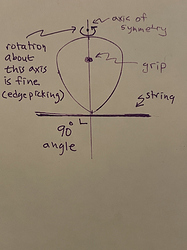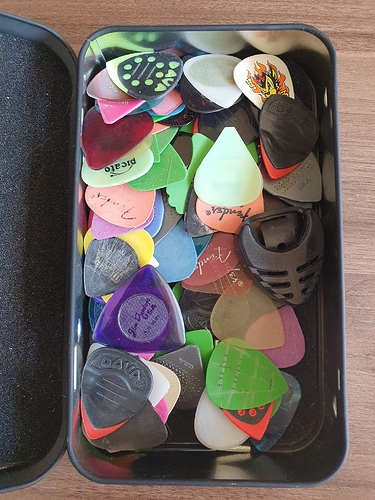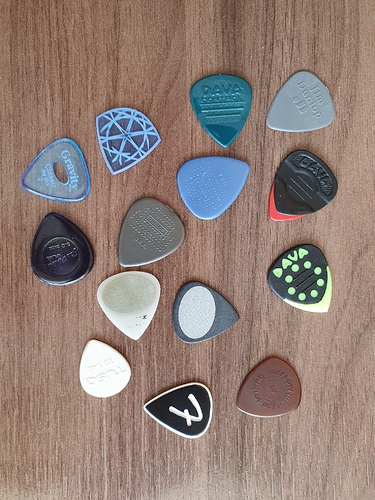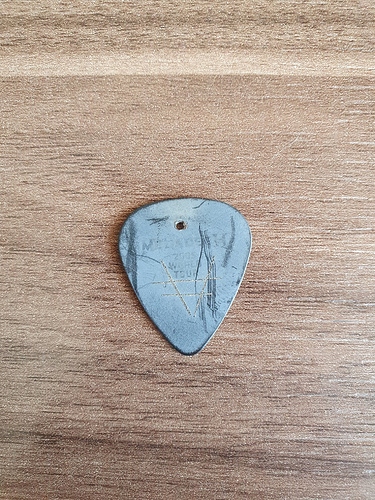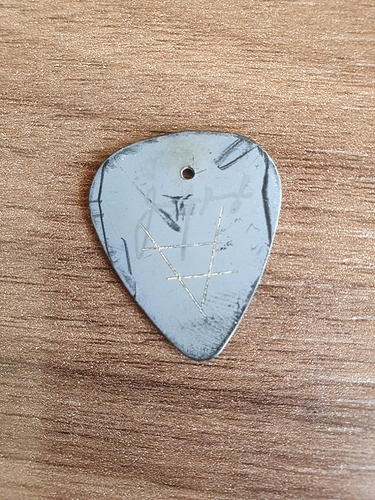Just stumbled across this thread - I had horrible problems with the pick rotating while playing for decades, until I discovered CTC. CTC inspired/guided me to fix a lot of the inefficiencies in my picking motion, and once I did that, the pick rotation disappeared completely. Its not that it got better and I gradually overcame it - it just disappeared, it never happens now, and I never even have to think about it.
I’m convinced that unwanted pick slippage is a symptom of inefficient technique, not a problem on its own, simply because I’ve never heard a pro player complain about this issue. They’ll say they still struggle with unwanted tension, or they aren’t as accurate as they’d like to be sometimes, but they’ll never say “oh, yeah, i constantly fight to keep the pick in position”.
I don’t know how to explain this mechanically. My best guess is that efficient picking technique is symmetrical with respect to up and down strokes, and that this symmetry causes equal and opposite pick-rotating forces over time. That is, if the down stroke pushes the pick out of position in one direction, the up stroke does the opposite, and the average effect is thus zero. But who knows. If someone wanted to post slow motion magnet video of pick-rotation occurring, it could be very interesting to see where and when it occurs.
Anyway, enough speculation. My advice to you is to ignore the pick rotation and focus on improving the efficiency of your picking, and see if it doesn’t go away on its own.



